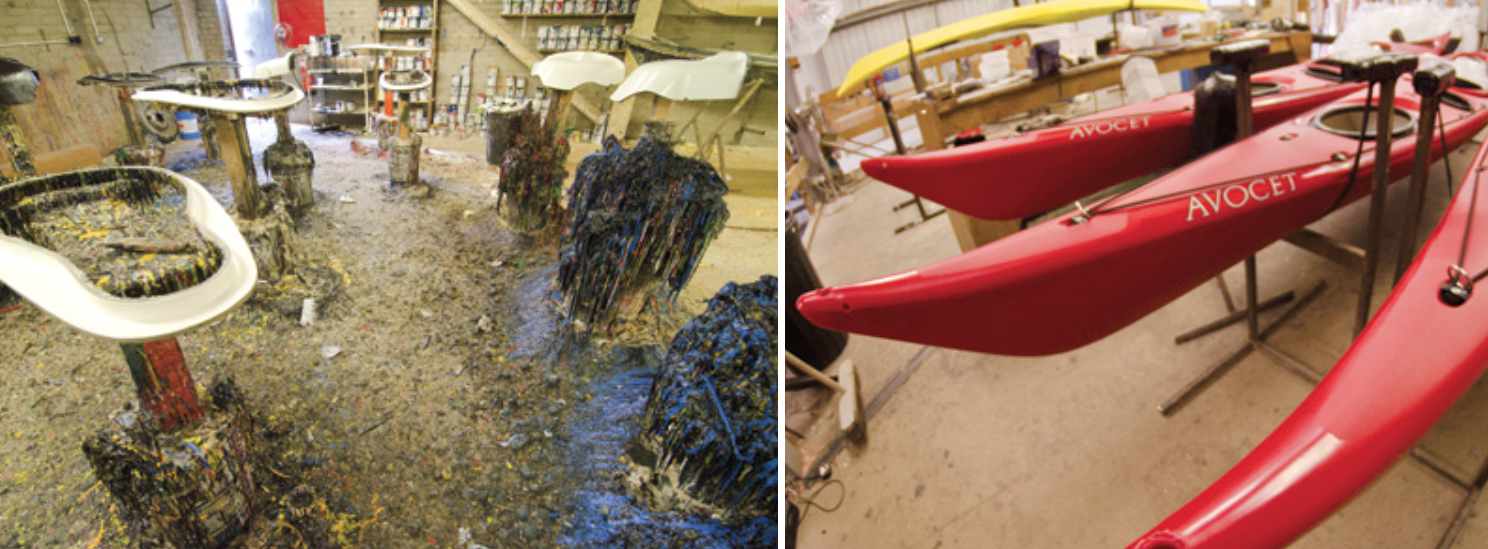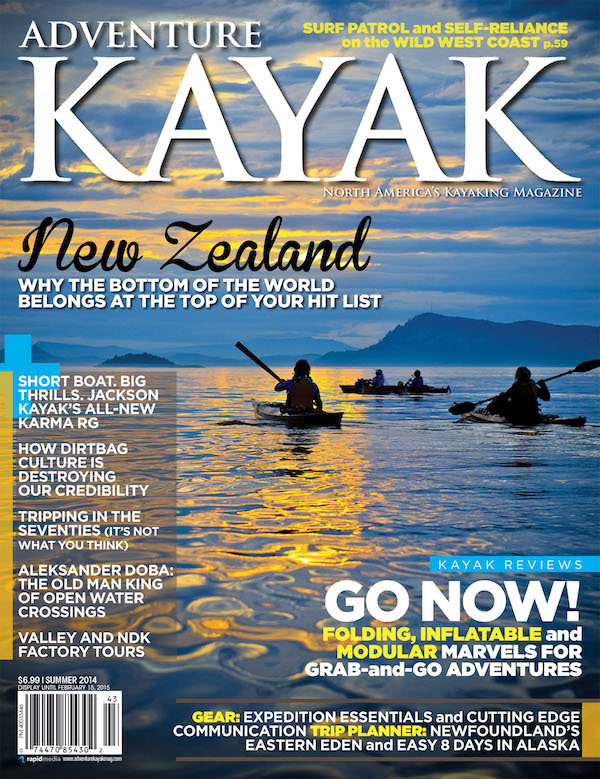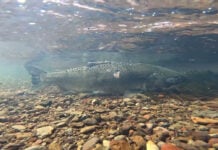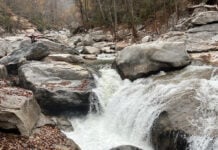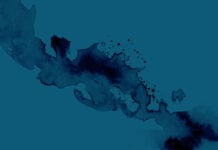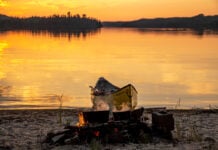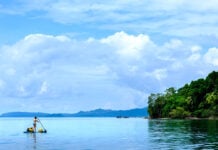Every time we settle into our kayaks, we see the stickers announcing their provenance: Anglesey, Wales, for our Sea Kayaking UK Pilgrim; Nottingham, England, for our Valley Avocet LV. The place names conjure images of rugged coast and rough water, of grey skies and green meadows. So when the opportunity arises, we jump at the chance to actually visit the birthplaces of our boats.
It’s not exactly Sherwood Forest or the Shire. Valley and Sea Kayaking UK both occupy factories in nondescript industrial areas. But don’t let the term factory mislead you. These aren’t cavernous buildings with deafening, automated machinery cranking out identical objects at a frantic pace. Rather, they are modest metal sheds where kayaks are handmade by skilled workers in a labor-intensive, multi-step process.
Nottingham lies landlocked in the middle of England. On the outskirts of the bustling city, where the nearby River Trent winds out of crowded suburbia into a lush quilt of tidy fields, tinny Black Sabbath plays over too-small speakers in the Valley factory. Boats-in-progress rest on sawhorses and the sharp smell of solvents fills the air. Cans of gel coat and resin line the shelves and tools, brushes and tape hang from the walls.
Many of Valley’s 20 full-time employees have worked here for more than two decades. A Mick Jagger look-alike leans intently over a brilliant orange kayak. Several other men in gel coat-stained coveralls or spotless white Tyvek suits move the kayaks through their stations: painting the molds with gel coat, layering in the fiberglass and resin, glassing in the coaming, bulkheads and skeg box. For composite kayaks, the time from mold to final inspection is about a week.
PRIDE IN KAYAK CRAFTMANSHIP
Three hundred kilometers to the west, surrounded by cliffs and currents, Holy Island lies like a severed pinky off the mitt of Anglesey Island. The Sea Kayaking UK factory sits just south of Holyhead’s Old Harbour and the town’s busy seaport. Inside, seat and coaming molds stand amid years of resin stalagmites, like a Technicolor petrified forest. Reels of fiberglass hang above workstations, where work orders list each kayak’s customization and destination: Japan, Finland, Israel.
At both factories, there’s tremendous pride in production, and a lot of cross-pollination of technique, shape, process and even people. Valley co-owners Jason Buxton and Peter Orton are both former members of the British freestyle team. Buxton went on to work for Pyranha and Orton for P&H. When the two companies merged, Buxton and Orton found themselves colleagues once more. They later purchased Valley, which produced its first boat, the Pintail, for Nigel Dennis’ paddling center. Dennis, in turn, founded Nigel Dennis Kayaks, now Sea Kayaking UK.
While the owners are serious long-time paddlers, the dedicated workers who built our kayaks—and perhaps yours as well—generally are not. Rather, they are craftsmen who appreciate the steady work creating respected products. It might be a dirty job, but the result is undeniably beautiful.
“It’s quite nice to create something,” says Buxton. “We’ve lost more workers to retirement than anything else—we’re passionate about what we do.”
Sharon and Alec Bloyd-Peshkin are the founders of Chicago-based Have Kayaks, Will Travel Paddlesport Coaching (www.havekayakswilltravel.com).
This article first appeared in the Summer 2014 issue of Adventure Kayak Magazine. Subscribe to Paddling Magazine and get 25 years of digital magazine archives including our legacy titles: Rapid, Adventure Kayak and Canoeroots.



